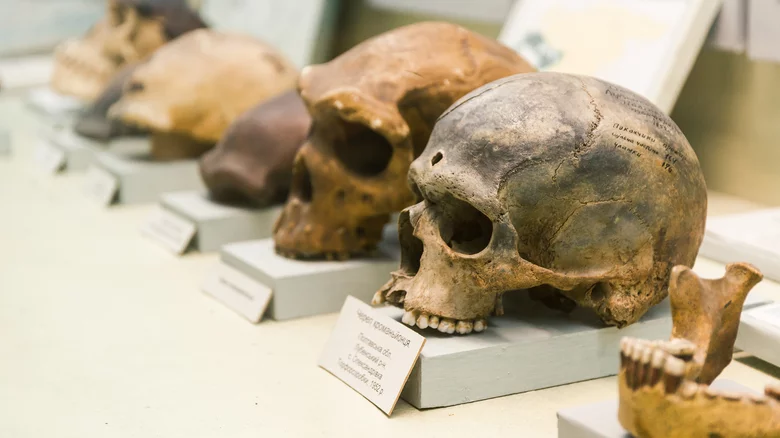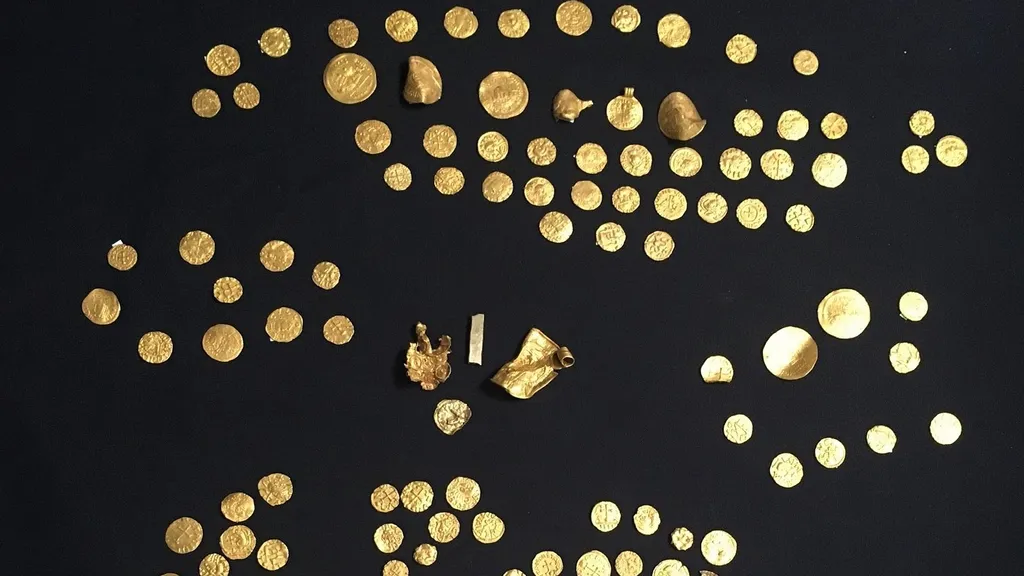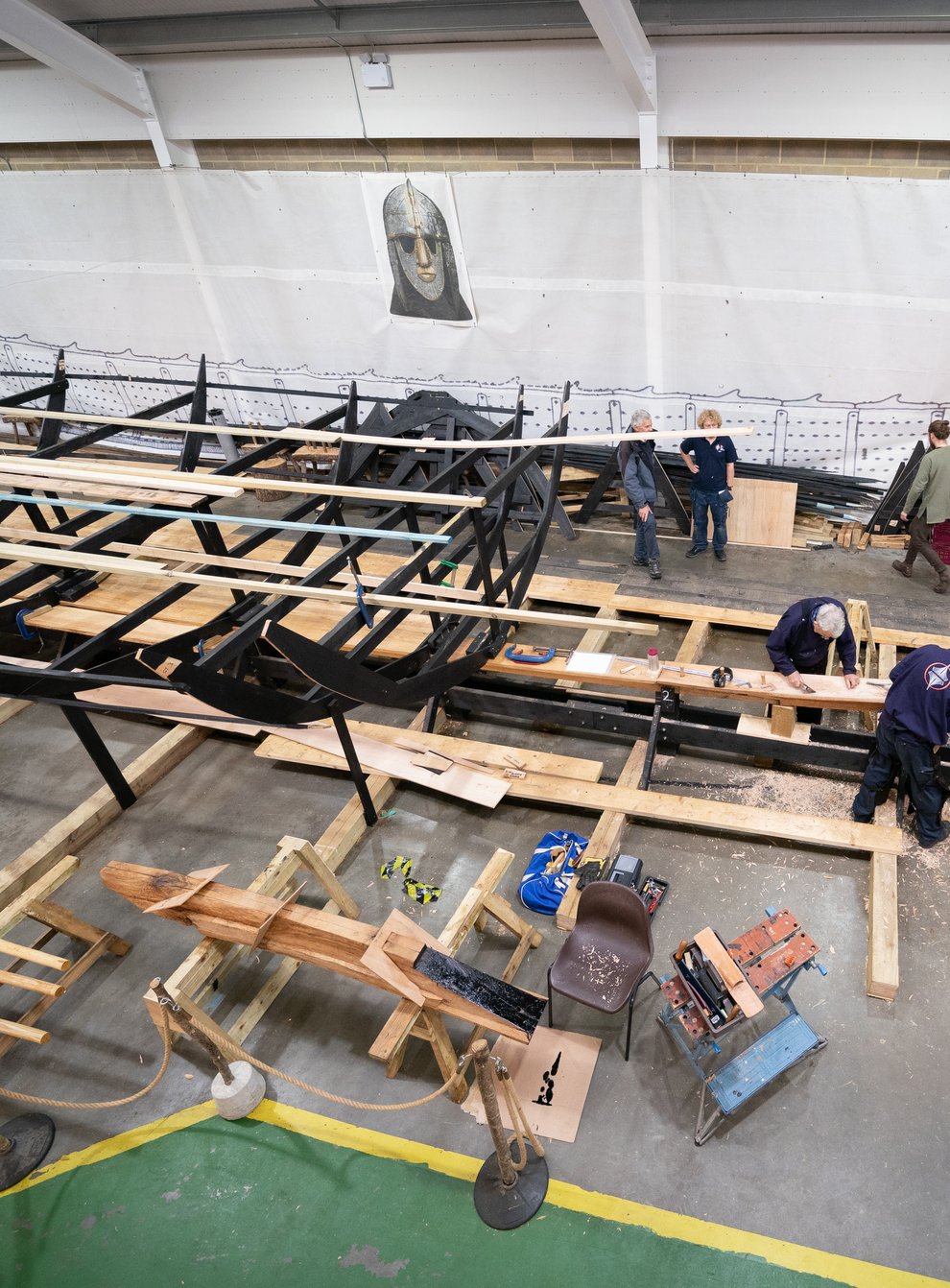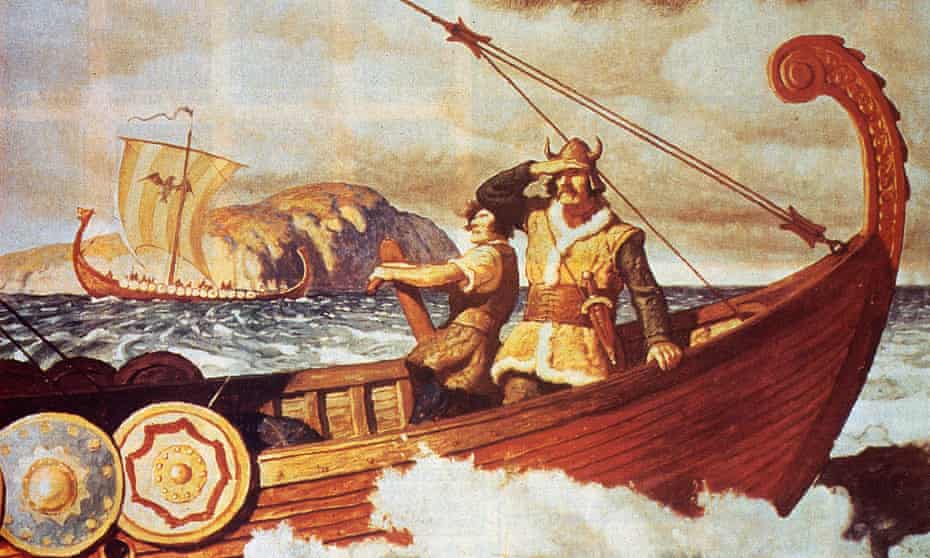Today, Homo sapiens are the only type of humans on Earth. However, we modern humans are just the most recent of many other human species that once existed. In fact, we don't know how many species, since scientist keep on finding new species of human. As Britannica explains, the forerunners to humans diverged from apes during the Middle Miocene Epoch from 16 to 11.6 million years ago. These nearly-human species then evolved so that by the Pliocene Epoch some 5.3 to 2.6 million years ago, the human genus, Homo, arose.
Species of human are considered distinct by several traits. They are bipedal striders. They generally have large brains. Some also developed tools and use language. These traits became more pronounced as humans evolved further.
What is truly mind blowing is that there were times when there were several different species of human cohabitating the planet. When considering how well we humans of the same species get along with each other, it is not hard to speculate on how intra-human species relations were.
Let's take a look at some of these species of extinct humans and how they differed with one another. The truth of the matter is that the human species was once very diverse.






